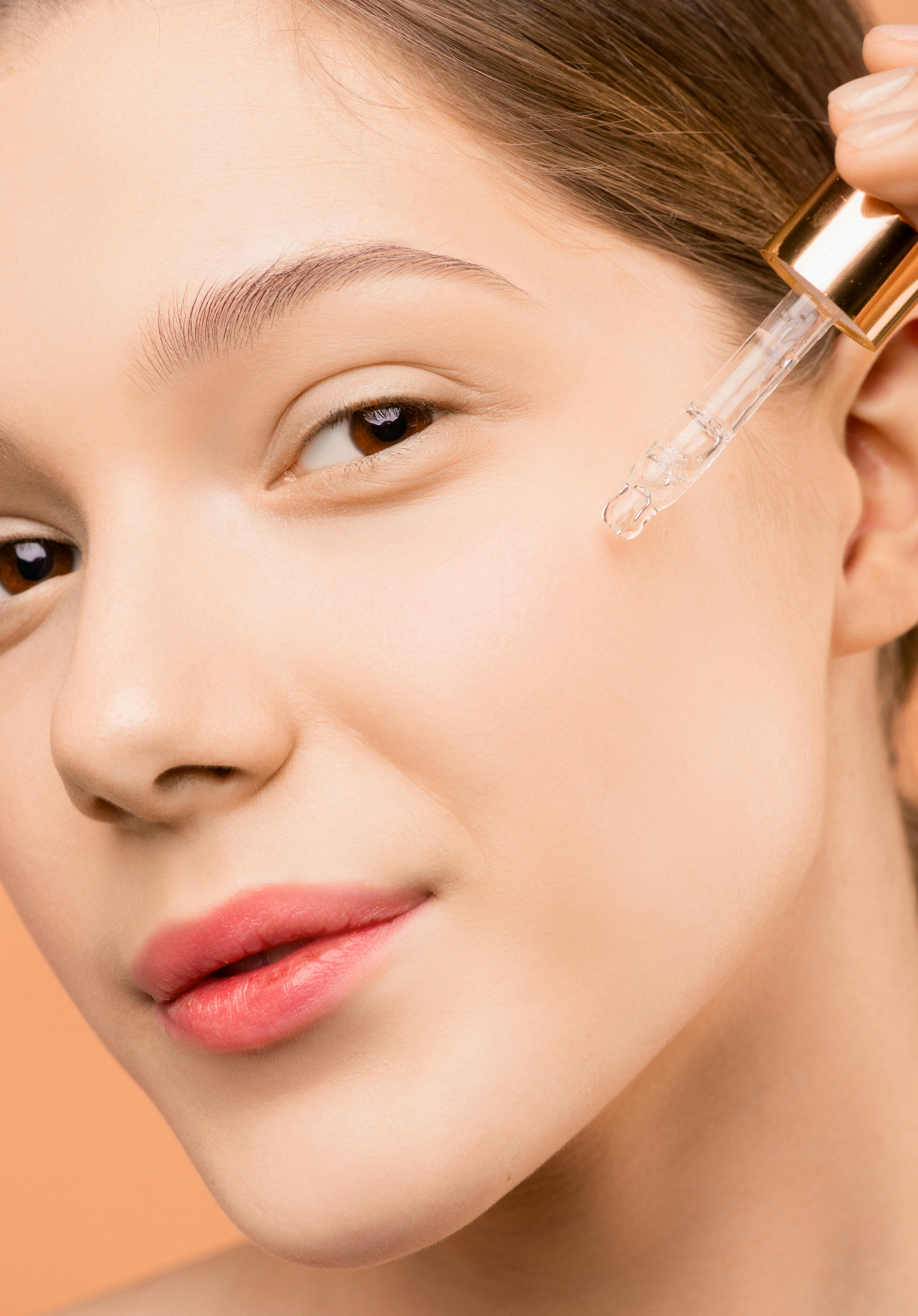Ingredient Guide to Hydration-Focused Formulas
Hydration-focused skincare relies on targeted ingredients and balanced routines to help skin retain moisture, support barrier function, and respond to environmental stressors. This guide explains how common actives and product types work together, what to watch for with sensitivity, and practical tips for protection and travel-ready hydration.

This article is for informational purposes only and should not be considered medical advice. Please consult a qualified healthcare professional for personalized guidance and treatment.
How do moisturizers and hydration ingredients work?
Moisturizers combine humectants, emollients, and occlusives to maintain skin hydration. Humectants such as glycerin and hyaluronic acid attract and hold water in the outer layers of skin. Emollients like squalane and fatty acids smooth and fill gaps between cells, improving texture. Occlusives — petrolatum, beeswax, or plant-derived alternatives — form a surface layer that reduces transepidermal water loss. Formulas vary by texture and purpose: lightweight gels favor oily or combination skin while creams and balms offer richer occlusion for dry climates or compromised barrier function. Ingredient lists help match products to needs.
Can cleansers and exfoliation affect hydration?
Cleansers and exfoliation play a major role in hydration management. Gentle, pH-balanced cleansers preserve natural lipids and microbial balance, whereas strong surfactants can strip oils and increase water loss. Exfoliation with AHAs, BHAs, or physical methods should be tuned to skin tolerance; over-exfoliation can damage the barrier and increase sensitivity. Chemical exfoliants at appropriate concentrations can improve product penetration and smoothness without long-term dehydration when followed by reparative moisturizers. Always consider frequency and follow-up hydration to maintain barrier integrity and avoid cumulative irritation.
What role do niacinamide and retinol play?
Niacinamide and retinol are widely used but serve different functions in hydration-focused care. Niacinamide supports barrier lipids, reduces TEWL (transepidermal water loss), and can soothe sensitivity, making it compatible with hydrating routines. Retinol promotes cell turnover and can improve texture and tone, but it may increase dryness and transient sensitivity during adaptation. Pair retinoids with hydrating serums and moisturizers, and introduce them gradually. Some formulations combine niacinamide with retinol or follow a layered routine to preserve hydration while leveraging active benefits.
How does sensitivity and barrier health connect?
Sensitivity often signals a compromised skin barrier. When the lipid matrix between corneocytes is disrupted, water escapes more readily and irritants penetrate more easily. Restoring barrier function is central to reducing sensitivity: choose fragrance-free, low-irritant formulas with ceramides, cholesterol, and fatty acids to rebuild lipids. Avoid unnecessary actives during repair phases and prioritize products labeled for barrier support. Patch testing new products helps identify triggers, and routines that emphasize gentle cleansing, consistent moisturization, and sunscreen will support long-term resilience.
How do microbiome-focused ingredients influence hydration?
The skin microbiome contributes to barrier function and hydration by interacting with lipids and immune signals. Prebiotic and postbiotic ingredients aim to support a balanced microbial community; these can include oligosaccharides, fermented extracts, and bacterial lysates. While research continues to evolve, formulations that avoid harsh antimicrobials and maintain mild pH environments help protective resident microbes thrive. A balanced microbiome supports natural barrier repair, reduces inflammation that can worsen TEWL, and complements moisturizing strategies. Look for ingredient transparency and stability data when evaluating microbiome-focused products.
Balancing protection, sustainability, and travel care
Hydration routines should adapt to environmental demands, protection needs, and sustainability priorities. Sunscreen is a core protective step: many water-resistant formulations pair well with hydrating layers for outdoor use. For travel, choose compact, multi-use products that offer hydration plus protection to simplify routines and reduce waste. Consider sustainable packaging and responsibly sourced ingredients when possible; refillable containers and biodegradable materials can lower environmental impact. When selecting travel products, pay attention to ingredient stability across temperature changes and the practicality of texture for local climates.
Conclusion Targeted hydration depends on understanding ingredient roles — humectants for water attraction, emollients for smoothing, and occlusives for sealing. Supporting the barrier, respecting sensitivity, and integrating actives like niacinamide or retinol thoughtfully will improve results. Cleansers and exfoliation methods influence hydration, while microbiome-friendly approaches and sustainable choices can enhance long-term skin health. Practical travel and protection strategies round out a hydration-focused plan that balances efficacy with skin tolerance.





